
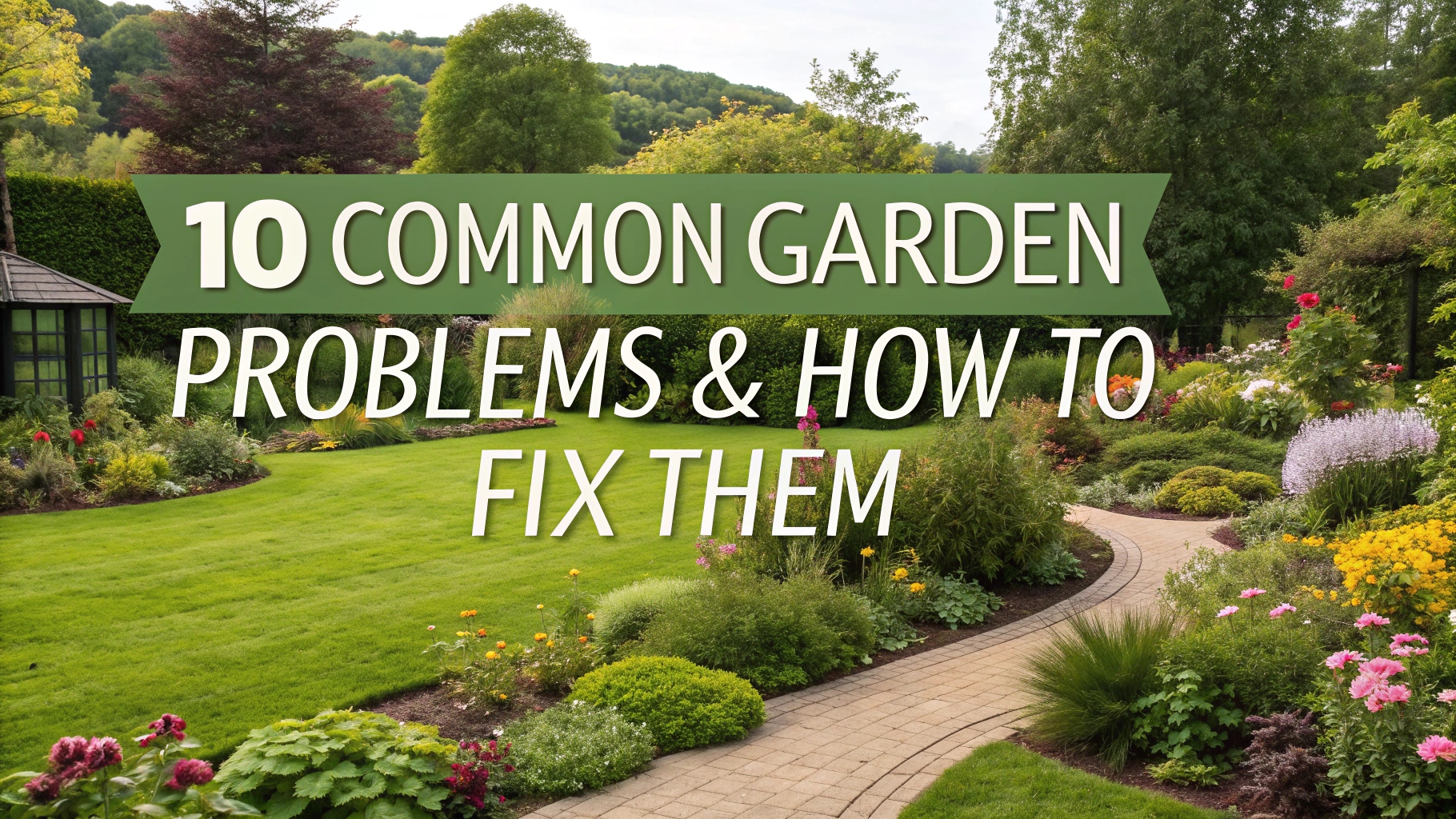
Gardening can be a rewarding hobby, but it often comes with its fair share of challenges. From pests munching on your prized tomatoes to wilting flowers in the summer heat, every gardener faces hurdles along the way.
In this article, we’ll uncover ten common garden problems and share practical solutions to help your garden thrive. Let’s turn those pesky issues into opportunities for growth!
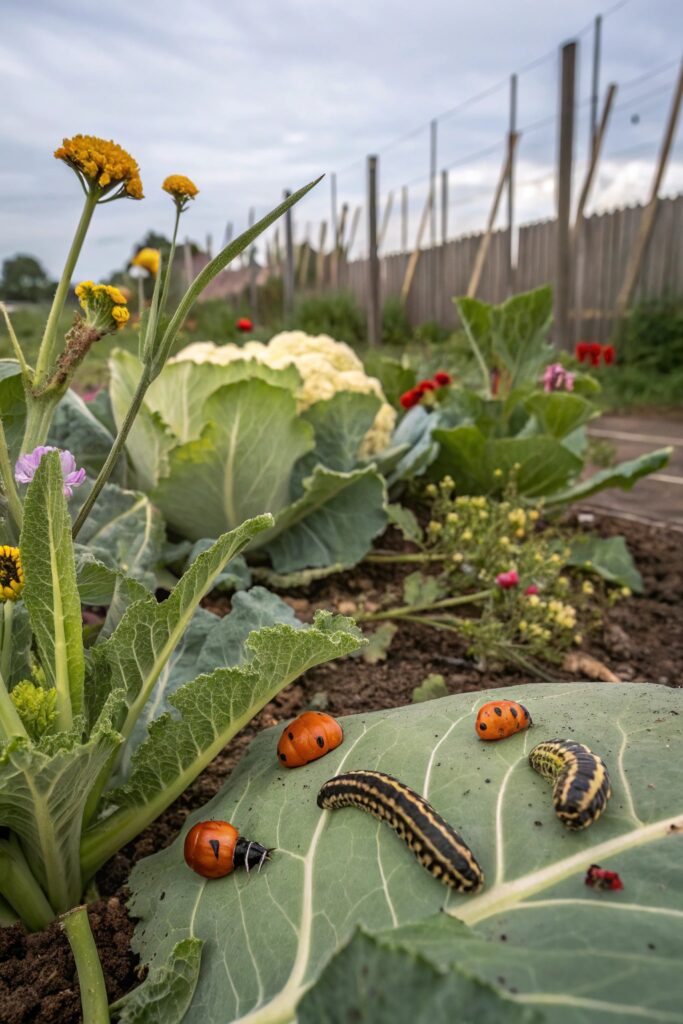
Pests can be a gardener’s worst nightmare. From aphids to slugs, these little invaders can decimate your plants overnight. To tackle this problem, consider using organic pest control methods such as neem oil or insecticidal soap.
Additionally, encourage beneficial insects like ladybugs to help keep the pest population in check. Regularly inspect your plants for signs of infestation and act quickly to avoid extensive damage. With a proactive approach, you can protect your garden’s health and beauty.
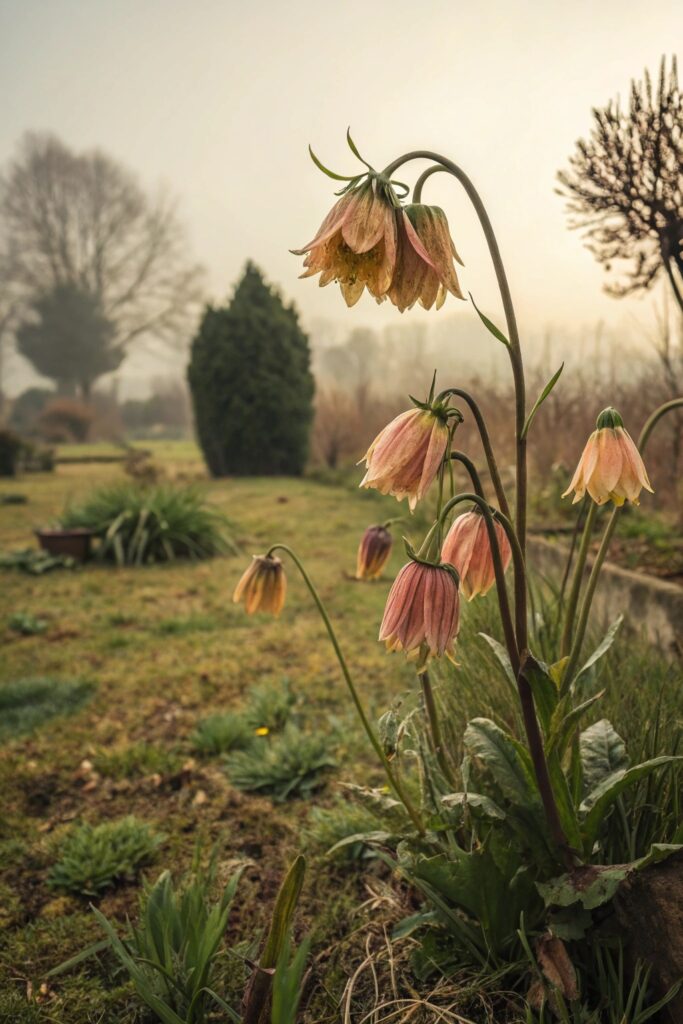
Seeing your once-thriving flowers wilt can be disheartening. This often occurs due to lack of water, poor soil drainage, or high temperatures. To revive wilting flowers, first check the soil moisture level.
If it’s dry, give them a deep watering, ensuring the soil drains well. Adding organic mulch can help retain moisture and regulate soil temperature. Lastly, consider relocating heat-sensitive plants to a shadier spot during the hottest part of the day.
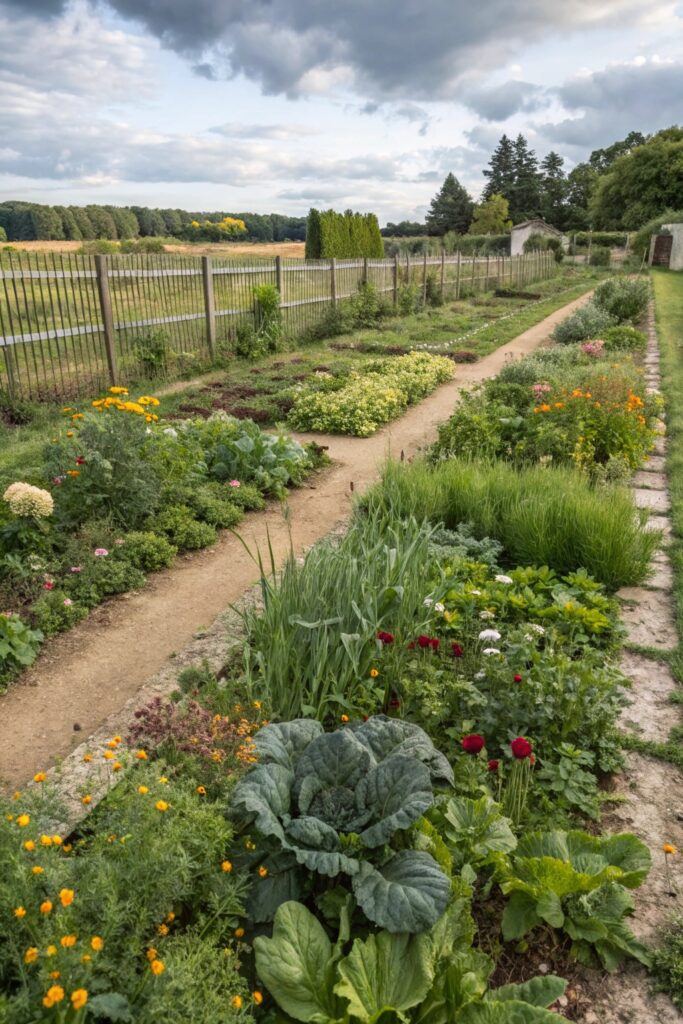
Weeds are relentless and can quickly take over your garden if left unchecked. They compete with your plants for nutrients and water, hindering growth.
Regularly inspect your garden and remove weeds by hand or with a hoe. To prevent future growth, consider using landscape fabric or mulch to suppress weeds. Additionally, applying a pre-emergent herbicide can help keep those unwanted plants at bay.
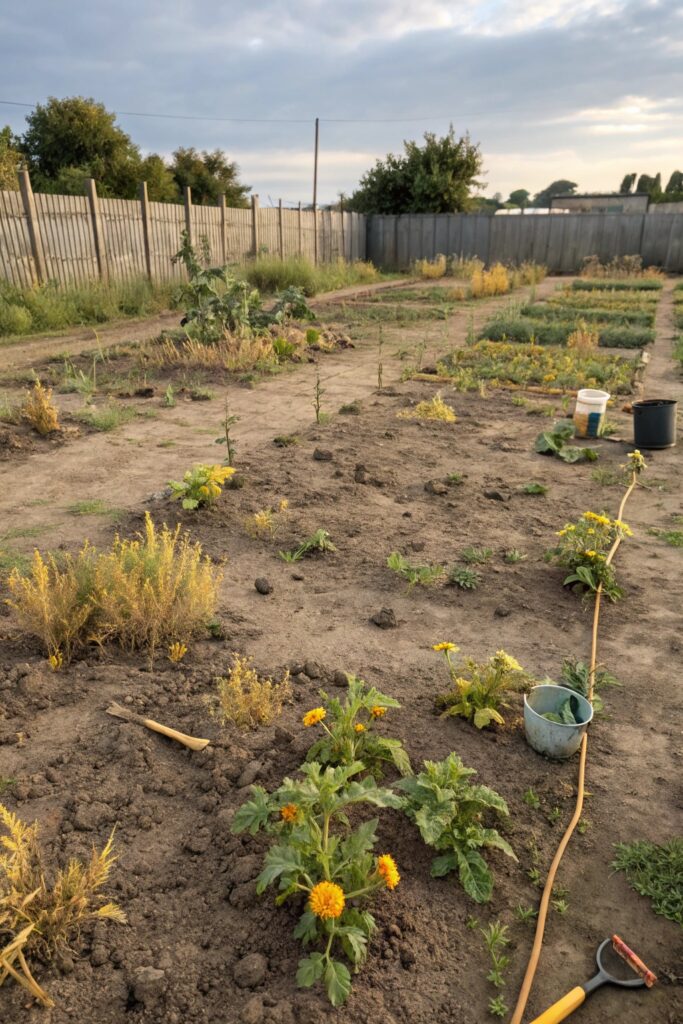
Healthy plants rely on nutrient-rich soil, and poor soil quality can lead to stunted growth and yellowing leaves. Start by testing your soil using a home test kit to determine its pH and nutrient levels.
Amend the soil with organic matter, such as compost or well-rotted manure, to improve its structure and fertility. Regularly rotating your crops and planting cover crops can also enhance soil health over time.
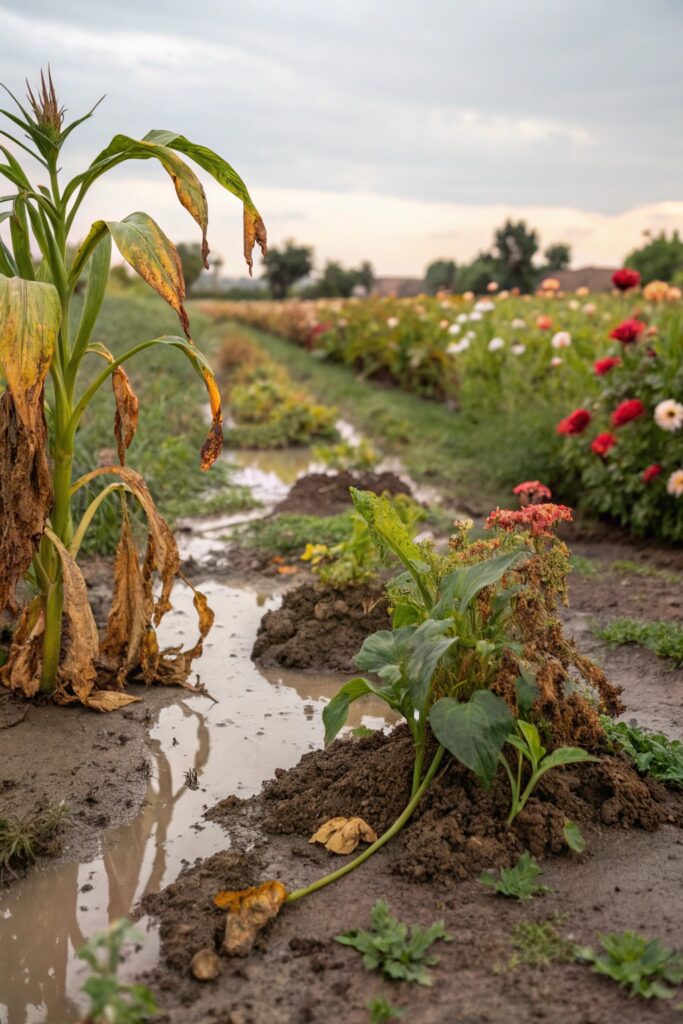
While plants need water to thrive, overwatering can lead to root rot and other issues. Signs of overwatering include yellowing leaves and wilting despite moist soil.
To fix this, allow the top inch of soil to dry out before watering again. Ensure your pots have drainage holes and consider using self-watering containers if you’re prone to overwatering. Monitoring your watering schedule based on weather conditions can also prevent this problem.
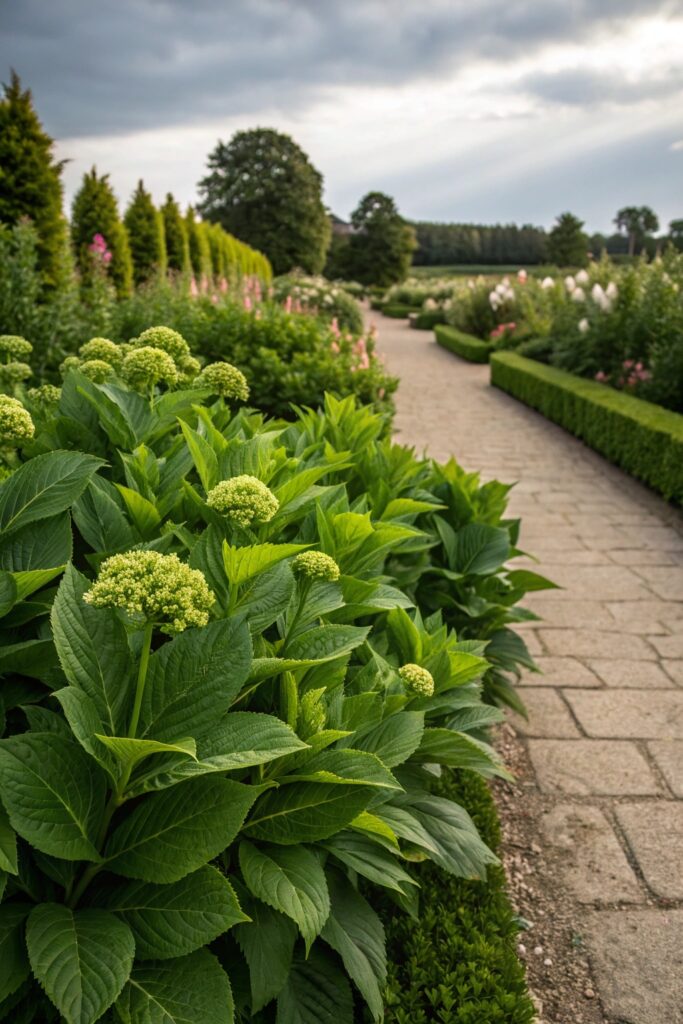
If your flowering plants aren’t blooming as expected, it could be due to inadequate sunlight, improper pruning, or nutrient deficiencies. First, assess whether your plants are getting enough sunlight; most flowering plants require at least six hours a day.
Prune dead or overcrowded branches to encourage new growth. Additionally, a balanced fertilizer can help replenish nutrients and promote blooming.
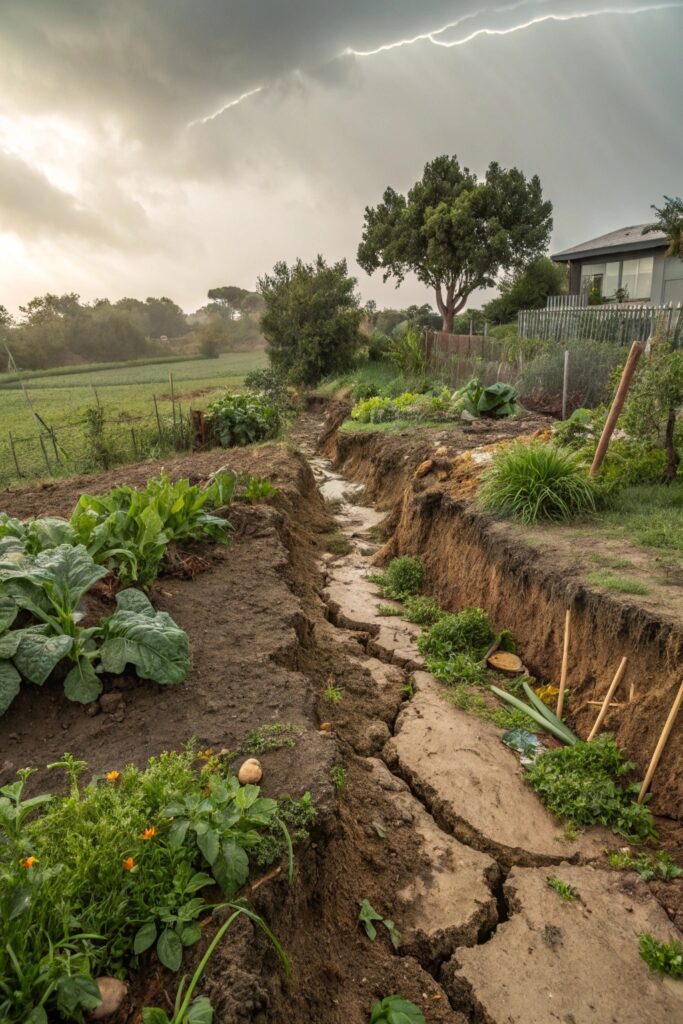
Soil erosion can wreak havoc in your garden, washing away nutrients and leading to uneven planting areas. To combat erosion, create terraces or raised beds to slow down water runoff.
Planting ground covers or installing erosion control blankets can also help stabilize the soil. Additionally, incorporating organic matter into the soil will enhance its structure and resistance to erosion.
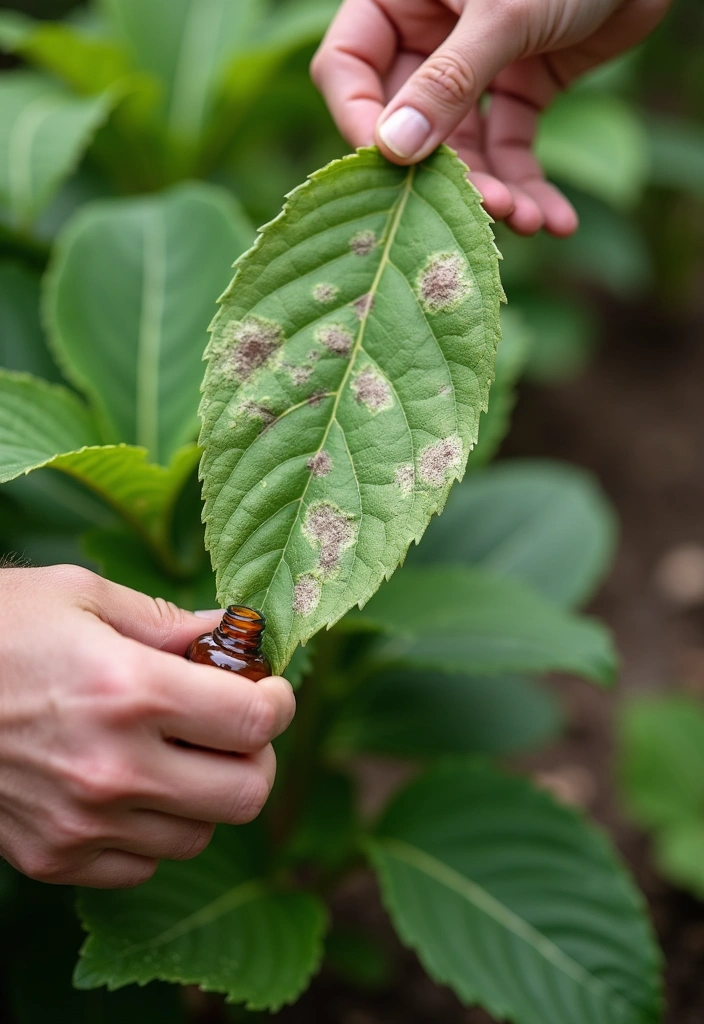
Fungal infections can spread quickly, affecting the overall health of your plants. Signs include discolored spots on leaves or a white powdery coating.
To prevent fungal issues, ensure proper air circulation between plants and avoid overhead watering. If you notice an infection, remove affected leaves immediately and apply a fungicide as necessary. Regularly rotating crops can also reduce the likelihood of fungal outbreaks.
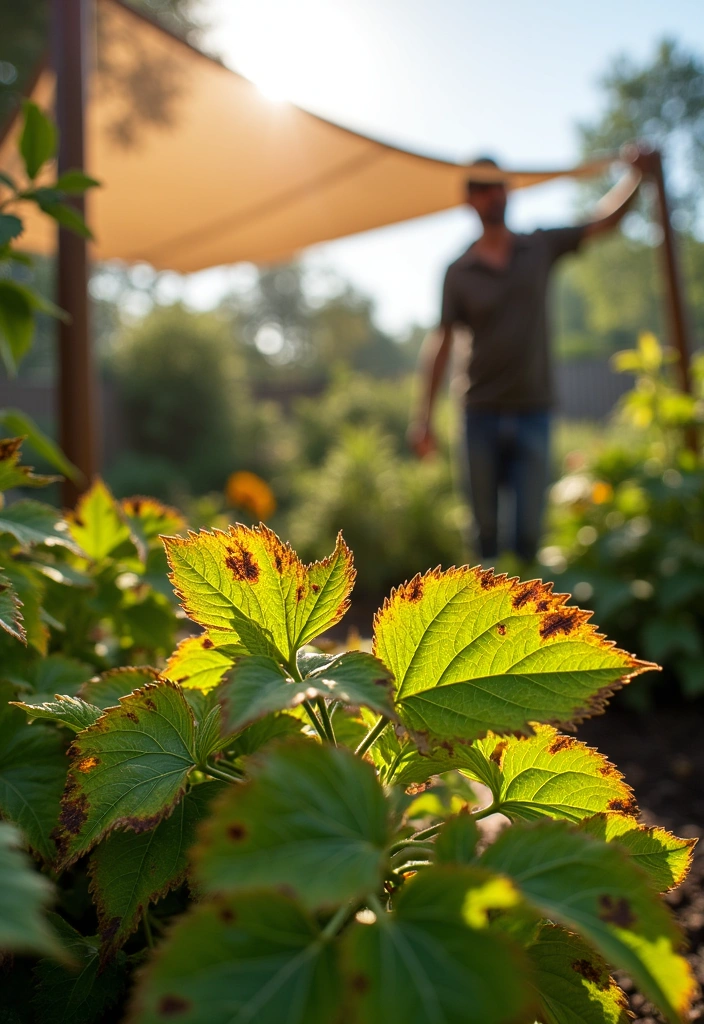
Just like humans, plants can suffer from sunburn, especially during extreme heat. Signs include scorched leaves and stunted growth.
To protect your plants, provide shade during the hottest parts of the day using shade cloth or strategically placing taller plants nearby. Regular watering can also help your plants cope with high temperatures. Consider mulching to retain soil moisture and keep roots cool.
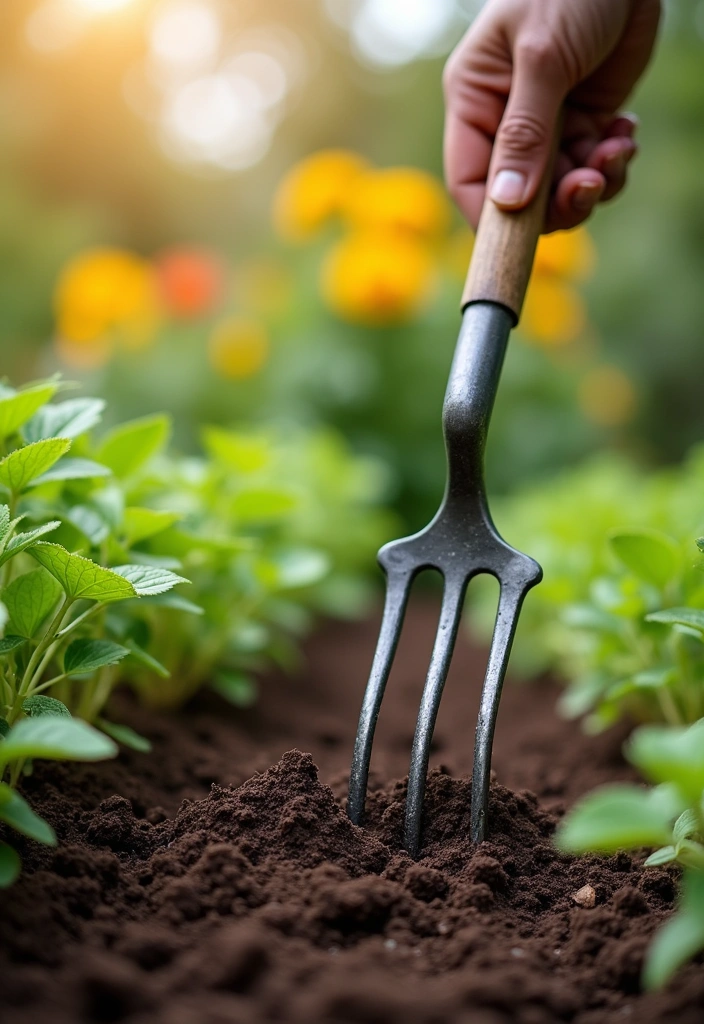
Compacted soil can hinder root growth and water drainage, making it difficult for plants to thrive. This problem often arises from heavy foot traffic or prolonged watering.
To alleviate compaction, aerate your soil using a garden fork or aerator. Adding organic matter can also improve soil structure and promote healthy root growth. Be mindful of foot traffic and consider creating designated paths to protect your garden beds.
Every garden presents its unique set of challenges, but with the right knowledge and tools, you can overcome them. By addressing these common garden problems, you’ll not only enhance your plants’ health but also enjoy a more vibrant and flourishing garden. Share your gardening experiences and solutions in the comments below!
